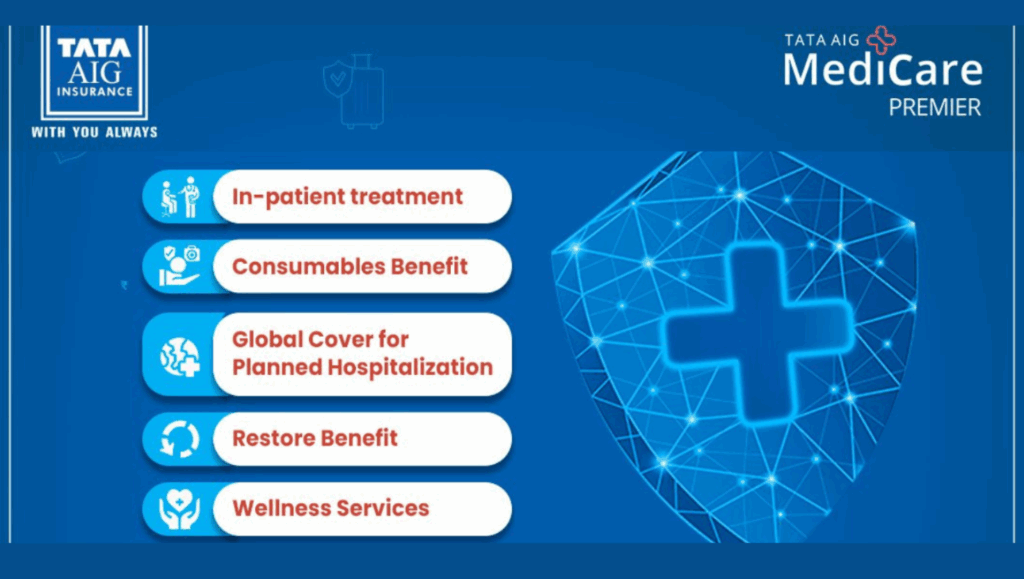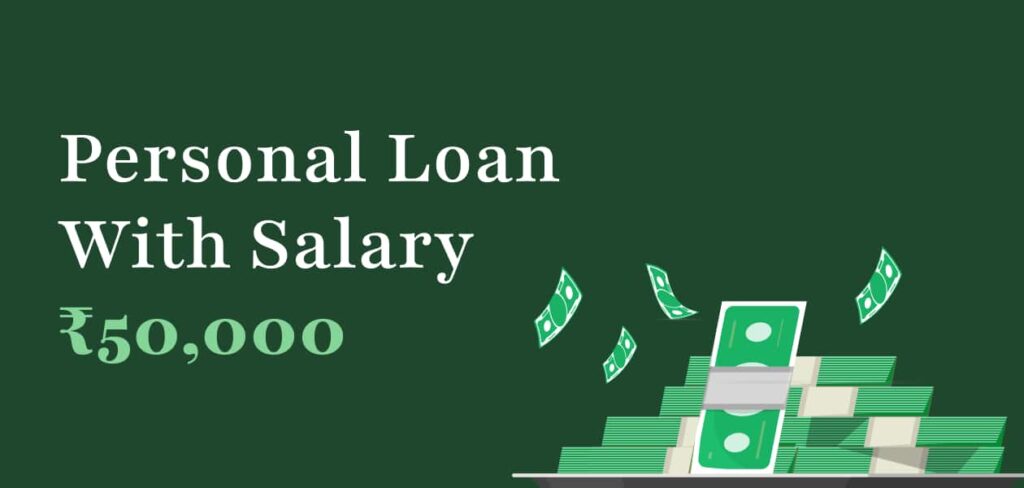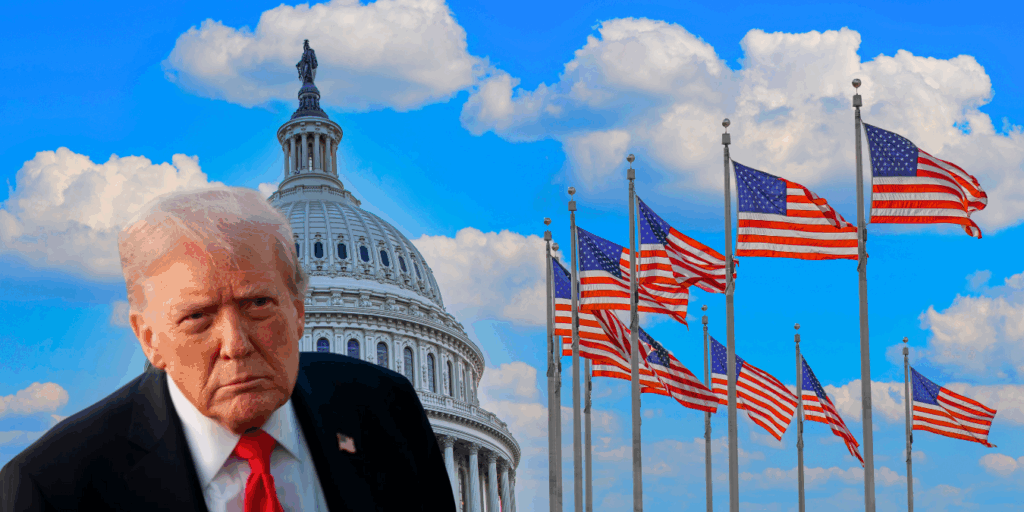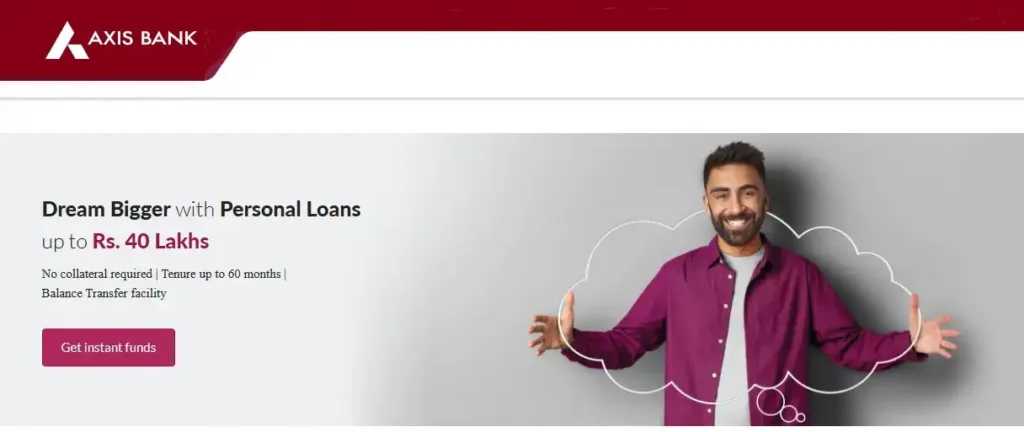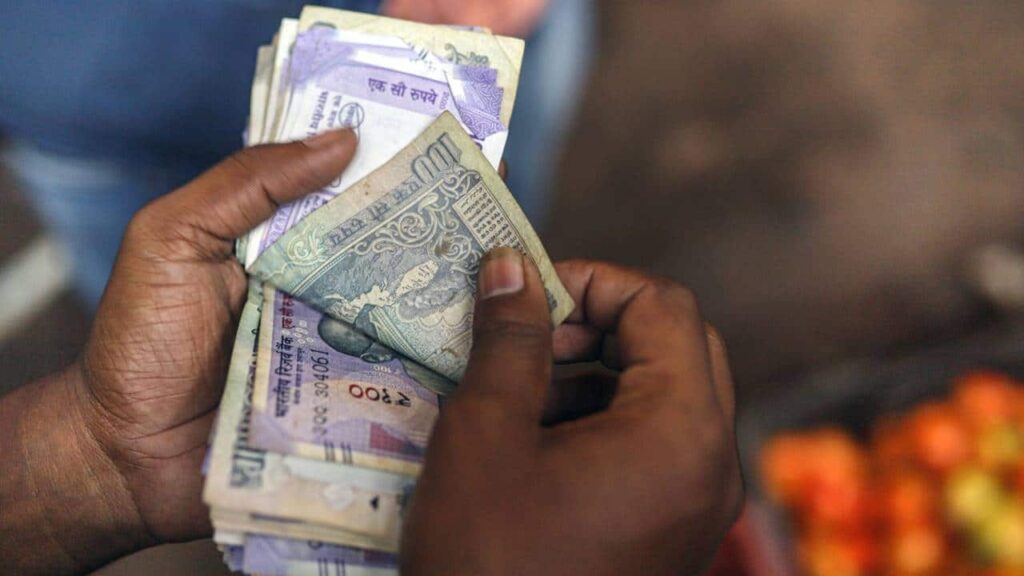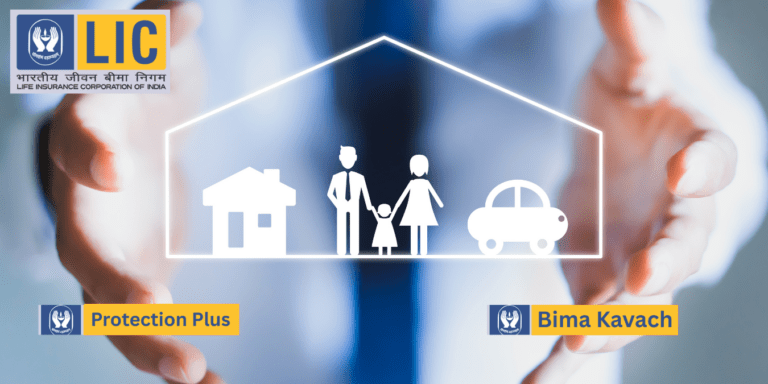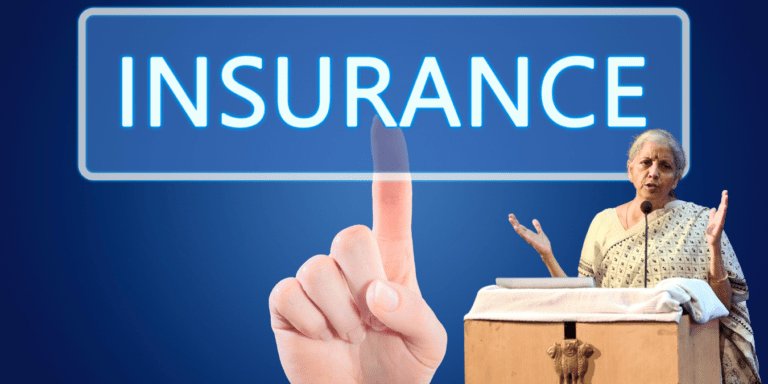
Could your insurance premiums drop to zero? As of August 18, 2025, India’s GST 2.0 reforms might slash GST on health and life insurance to 5% or nil, promising massive savings. But is there a catch? With insurance stocks soaring and the GST Council’s September meeting looming, suspense builds.
Slashing your health insurance premiums overnight, with no hefty 18% GST eating into your savings. Sounds unreal? As of August 18, 2025, reports suggest the Indian government is poised to make this a reality.The Modi administration is reportedly planning sweeping GST 2.0 reforms, potentially cutting GST on insurance premiums to 5% or even zero. Credible sources are fueling this buzz, turning whispers from New Delhi into roars.Why now, and what does it mean for you? Let’s dive into the suspenseful details of these proposed GST reforms, backed by the latest data.
The Current GST Burden: A Costly Reality
Currently, most life and health insurance premiums face an 18% GST, inflating costs for millions. For a ₹20,000 family health plan, you’re paying an extra ₹3,600 in taxes—money better spent on healthcare or savings.This high rate has drawn criticism for discouraging insurance uptake. Per IRDAI 2024 data, only 1% of Indians have adequate health coverage. Since GST’s 2017 launch, the 18% slab has burdened the middle class, but change seems near as economic pressures mount.
Leaked Reports Spark Speculation: 5% or Zero GST?
A Reuters report on August 18, 2025, revealed the government’s push for a maximum 5% GST on health and life insurance premiums, with some proposals targeting zero GST. This is part of GST 2.0, aimed at simplifying taxes amid economic slowdown.The suspense lies in the rate—5% or nil? The GST Council’s September 2025 meeting will decide. Insiders suggest a phased rollout, starting with senior citizens and micro-policies. Economic Times notes the new structure features two slabs—5% and 18%—with a 40% rate for luxury and sin goods, phasing out 12% and 28% slabs.
Market Frenzy: Insurance Stocks Soar
The news triggered a market surge. On August 18, 2025, insurance stocks like HDFC Life, SBI Life, and ICICI Prudential jumped up to 5% in intraday trading. Lower GST could boost policy demand, driving revenues.
Auto insurers also celebrated, as small cars may see GST drop from 28% to 18%, indirectly benefiting vehicle insurance. However, analysts warn that zero GST without Input Tax Credit (ITC) could raise premiums, as insurers lose offsets on taxed inputs. A Niva Bupa executive cautioned, “A GST cut is welcome, but without ITC, costs may shift to consumers.”
GST 2.0: A Simpler Tax Landscape?
GST 2.0 aims to streamline the current complex slabs—0%, 5%, 12%, 18%, and 28%. The plan merges most into 5% for essentials and 18% for standard goods, with 99% of 12% slab items shifting to 5% and 90% of 28% to 18%.Sin goods like tobacco and luxury items face a new 40% slab to offset revenue losses. For insurance, a 5% GST could cut health premiums by 10-15%, per AInvest estimates. PM Modi’s Independence Day speech hinted at a Diwali rollout, raising hopes for festive relief.
Consumer Benefits: Savings on the Horizon
Picture a ₹50,000 life insurance premium. At 18% GST, you pay ₹9,000 extra. At 5%, you save ₹6,500. Zero GST? You keep the full ₹9,000. This could boost India’s insurance density, currently lagging at $92 per capita compared to the global $874, per Swiss Re 2024.Seniors and low-income groups stand to gain most, with proposals for zero GST on policies up to ₹5 lakh. Businesses benefit too, as lower costs free up income for retail and service spending. But unresolved ITC concerns keep the suspense alive.
Beyond Insurance: Cheaper Cars and More
GST 2.0 extends to small cars (under 1200cc), potentially dropping from 28% to 18%, making models like Maruti Alto more affordable. Consumer durables—ACs, TVs, mobiles—may shift to 18%, and FMCG staples like biscuits could hit 5%.Hindustan Times highlights winners: everyday essentials get cheaper, boosting middle-class consumption. Losers? Luxury cars and tobacco face 40% GST. The Nifty rose 1.2% on reform optimism, with auto stocks like Tata Motors up 4%.
GST’s Evolution in India
Launched on July 1, 2017, GST promised ‘One Nation, One Tax,’ replacing VAT and excise. But multi-slabs caused anomalies, with 18% insurance GST drawing ire from Congress, who now claim vindication for simpler slabs.Post-COVID, demands for rate cuts grew. 2024 saw minor tweaks, but 2025’s GST 2.0 is a bold leap. Expert Rajat Mohan from AMRG & Associates predicts a 0.5-1% GDP boost via higher consumption.
Pitfalls: Could Zero GST Backfire?
Zero GST sounds ideal, but without ITC, insurers lose credits on 18% taxed inputs, potentially raising premiums by 5-10%, per Financial Express. FICCI urges retaining ITC for any rate cut. Government sources hint at partial ITC preservation, but details are unclear.
Insurance Industry Impact
Life Insurance: Premium cuts could lift penetration from 3.2% of GDP to 5% by 2030, per IRDAI.
Health Insurance: With medical costs up 14% YoY (CRISIL 2025), GST relief eases burdens.
General Insurance: Auto policies benefit from car GST cuts.
Stocks like SBI Life (up 4.8%) and HDFC Life (up 5%) reflect optimism, but volatility looms.
Global Context: India’s Position
Globally, insurance taxes vary: UK’s IPT at 12%, USA’s 2-5%, Singapore’s 7% GST. India’s proposed 5% aligns with peers, potentially attracting foreign insurers. Zero GST, as seen in Australia for specific policies, is rare but possible. This positions India as pro-consumer amid global trade tensions.
Expert Predictions for 2025
KPMG’s Abhishek Jain predicts GST 2.0 will cut compliance litigation by 30%. Approval is expected by October 2025, effective January 1, 2026. Consumers should monitor premiums post-reform for real savings.
GST Council Meet: What to Watch
The September 2025 GST Council meeting is pivotal. States like West Bengal may resist revenue losses. Finance Minister Nirmala Sitharaman emphasizes inclusive growth. Will this be the tax relief India needs?
Final Thought: A Game-Changer for Households?
Slashing GST on insurance premiums to 5% or zero could be a lifeline for millions. With stock surges and potential savings, anticipation builds. Will premiums drop, or rise in disguise? GST 2.0 promises a simpler, fairer India. Stay updated—your wallet depends on it.

